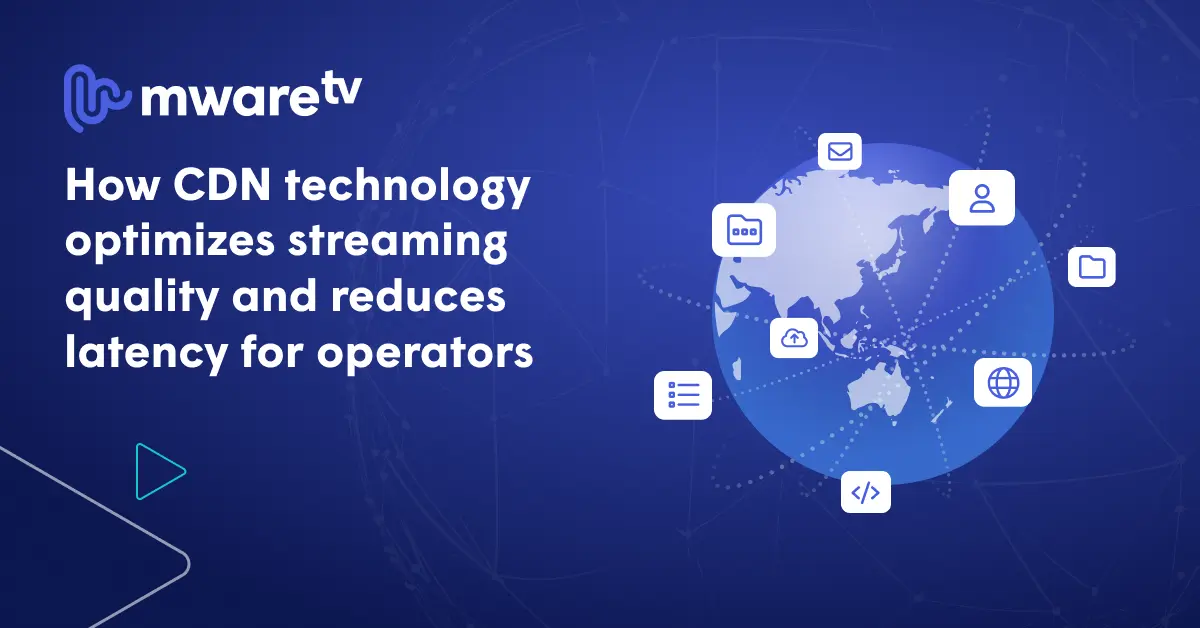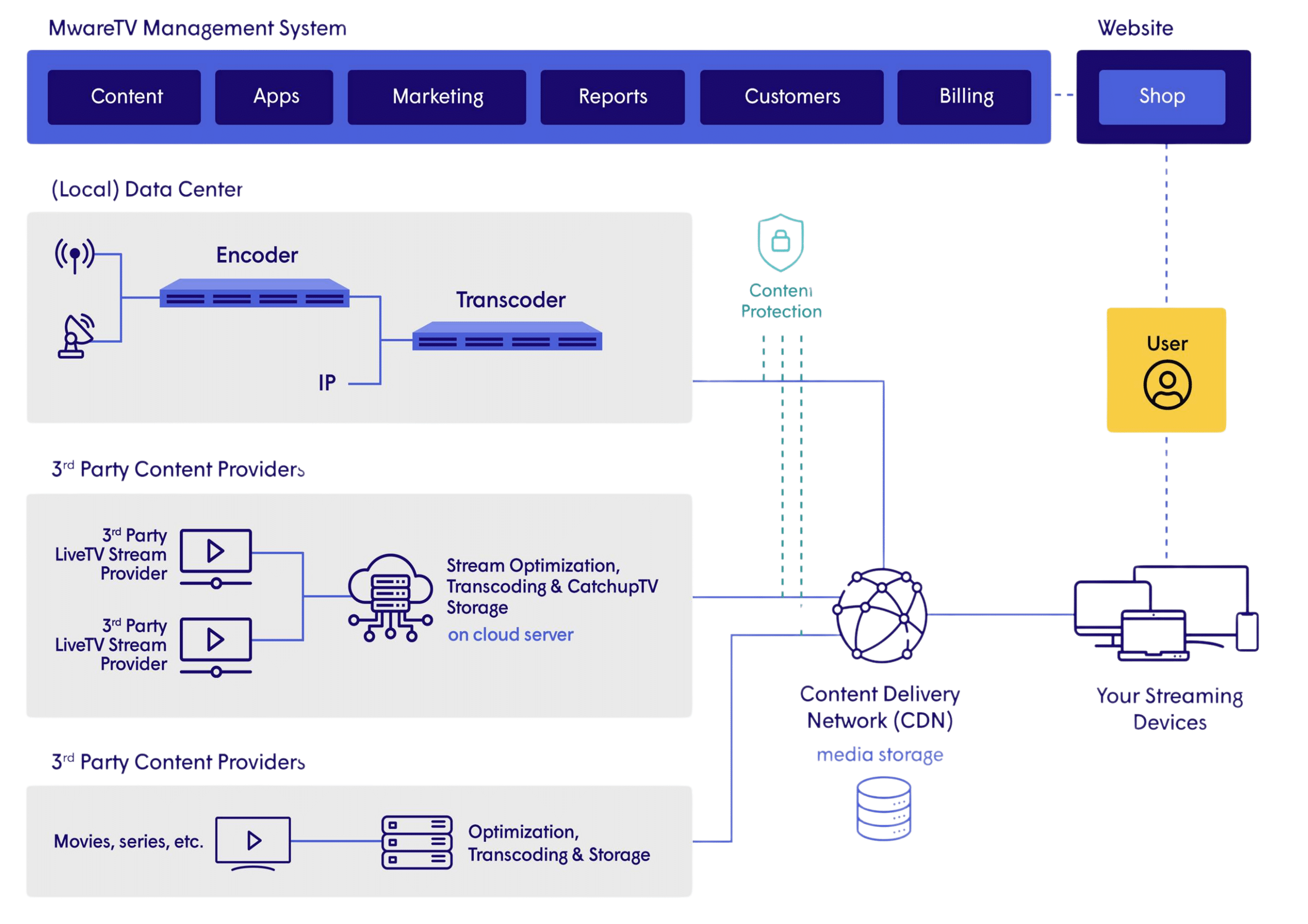
How CDN technology optimizes streaming quality and reduces latency for operators

Table of contents
- Understanding CDN technology
- The Impact of CDN on streaming quality
- Reducing latency: CDN’s role
- Pros and cons of CDNs for operators
- CDN optimization techniques
- Real-world applications and case studies
- Integrating CDN with existing infrastructure
- Conclusion
Understanding CDN technology
A Content Delivery Network (CDN) is a system of distributed servers that deliver pages and other web content to a user based on the geographic locations of the user, the origin of the webpage, and a content delivery server. This technology is crucial for speeding up the delivery of content on high-traffic sites and globally distributed users. The core idea is to minimize the distance between the user and the website server, which decreases response times and speeds up page loading, crucial for streaming media.
Check out this video from the Co-author of the System Design Interview book series Sahn Lam from ByteByteGo where he explains how a CDN works:
The Impact of CDN on streaming quality
CDNs enhance the streaming experience by providing a more stable, fast, and scalable solution to content delivery, especially during peak traffic times. By caching content at various points in a network, CDNs can reduce the load on central servers and decrease the chances of bandwidth bottlenecks. This not only ensures that video streams are less likely to suffer from buffering but also improves the overall picture and sound quality of the streamed content.
Reducing latency: CDN’s role
Latency, the delay before a transfer of data begins following an instruction for its transfer, is a significant concern for streaming services, particularly during live events or premieres. CDNs address this issue by storing copies of content in multiple geographical locations, closer to the end-users. By serving content from the nearest possible location, CDNs drastically reduce the travel time of data, thus lowering latency and enhancing the responsiveness of the streaming service.

Pros and cons of CDNs for operators
While placing CDN servers closer to users significantly reduces latency, it can also introduce higher operational costs and complexity in managing multiple data centers. Operators must weigh the benefits of decreased latency against the costs and logistical challenges of maintaining a more extensive CDN infrastructure. Strategic placement of CDN nodes in key locations can provide a balance, offering substantial latency reductions without disproportionately escalating costs. And so there are more pros and cons of CDNs:

CDN optimization techniques
Operators can optimize their CDN usage through several strategies:
- Content Caching: Decide what content to cache (e.g., popular shows or movies) and for how long.
- Provider Selection: Choose a CDN provider that offers extensive coverage in your target markets and robust analytics tools.
- Performance Analytics: Regularly analyze CDN performance and user engagement metrics to adjust strategies as needed.
Real-world applications and case studies
Many operators have successfully leveraged CDN technology to enhance their streaming services. For instance, a European broadcaster was able to reduce their streaming service’s average start time by 40% and cut down buffering times by over 50% after implementing a robust CDN solution, for example from MwareTV. Such improvements not only enhance user satisfaction but also significantly reduce subscriber churn.
Integrating CDN with existing infrastructure
Seamlessly integrating CDN technology with existing network infrastructure is crucial for maximizing its benefits. This integration involves aligning CDN operations with internal systems for content management, network security, and user analytics. Security protocols, especially, must be robust as CDN nodes, being distributed, can be vulnerable to attacks if not properly secured.
Conclusion
CDN technology plays a crucial role in modern streaming architectures by enhancing content delivery and reducing latency, ensuring that viewers enjoy a high-quality streaming experience. As the demand for streaming services grows, and as content becomes increasingly rich and bandwidth-intensive, the strategic implementation of CDNs will be vital for any TV service operator looking to improve service quality and subscriber satisfaction.
Operators interested in exploring how CDNs can benefit their service offerings are encouraged to assess their current delivery networks and consider the strategic integration of CDN solutions tailored to their specific needs and user demographics. We at MwareTV can help consult you on this topic. Just plan a consult!



